Developers want to go bigger: A project previously entitled for 69 units wanted to expand to 140 units—including 15 units set aside for very low income families for the following 55 years—as reported by Urbanize LA. And now, the Planning Commission has approved that modification.
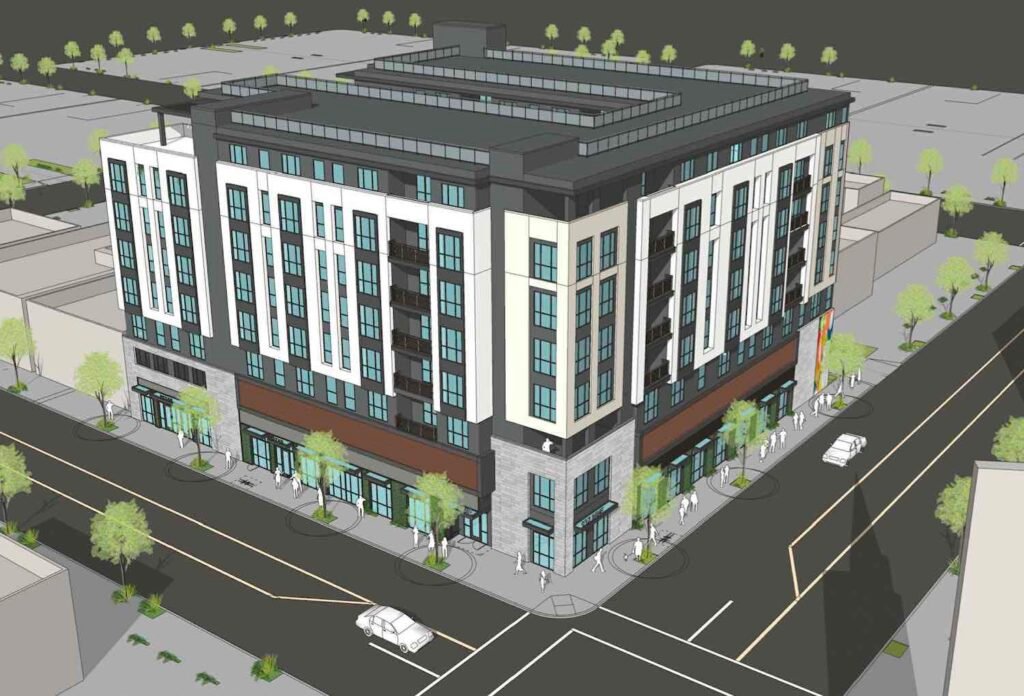
So what is the 937 Pine Ave. development all about?
Queen Beach Living—under the Huntington Beach-led Pine Avenue LLC and applicant Derek Burnham, the Long Beach architect behind The Magnolia at the southwest corner of Magnolia Avenue and Broadway—presented an entirely updated plan thanks BSB Design, the architecture firm that has been with the Downtown Long Beach since day one.
The design updates are subtle but warmly welcomed: While it largely keeps the painted stucco, recycled plastic lumber, metal, and tile veneer details, it expands the mural space dramatically—particularly when facing the project facing north on Pine Avenue.
So how, exactly, did pretty much the same fundamental design achieve such a dramatic increase in units? The original 2020 plans called units that spanned studio apartments all the way to four- and even five-bedroom units, the latter of which reached over 1,700 square feet in size. It also included a 123-stall parking garage.

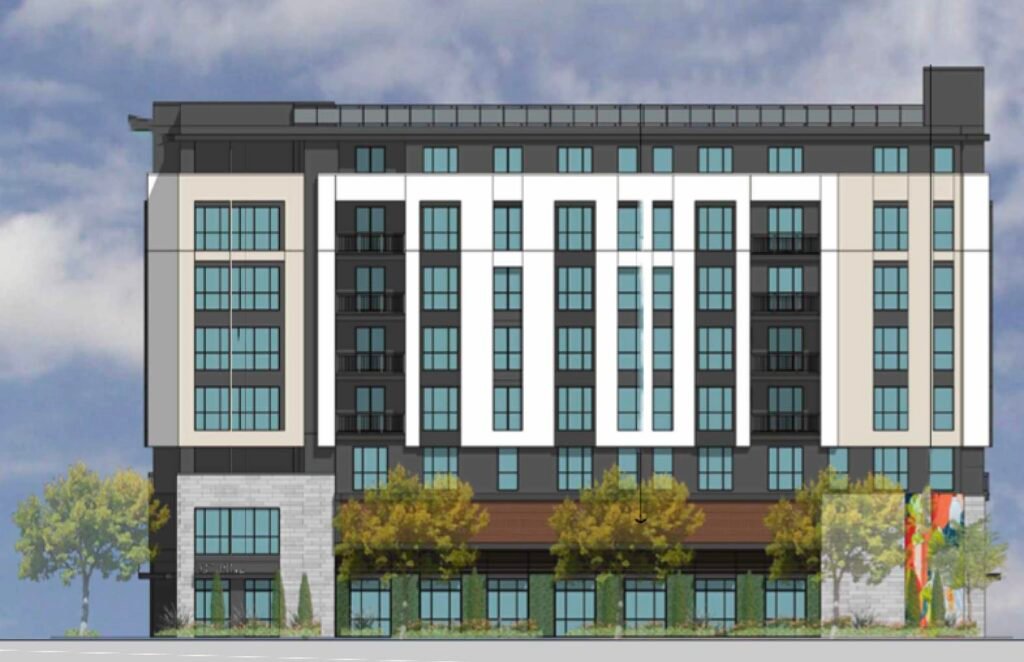
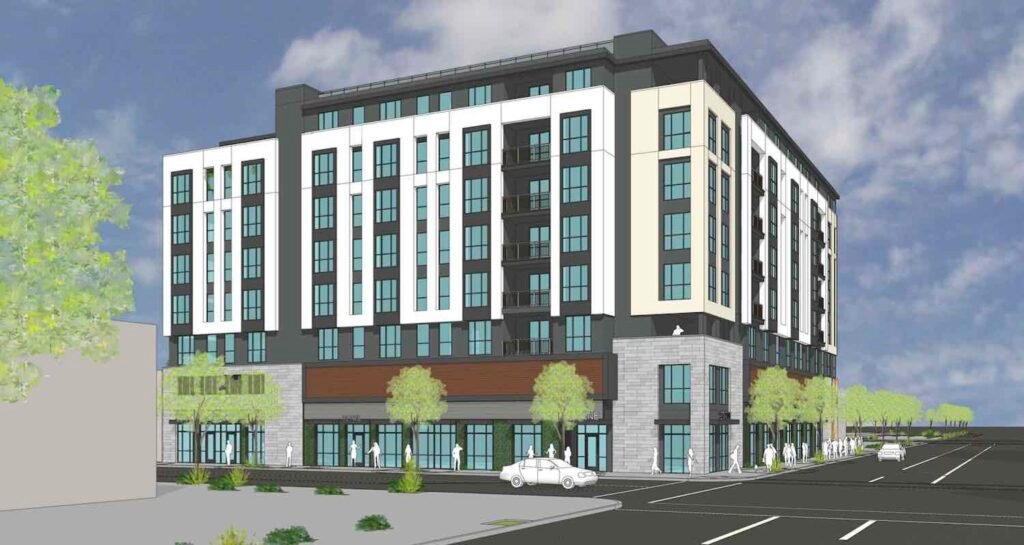
Current plans have done entirely away with the four- and five-bedroom units and instead, are being replaced with 67, 450-square-foot studios; 59, 540-square-foot one bedroom apartments; 6, 815-square-foot two-bedroom apartments; 6, 978-square two-bedroom apartments with an additional bathroom; and 2, 1,293-square-foot three-bedroom, 2-bathroom apartments. Every apartment except the studios will have 72-square-foot patios. It will also include two levels of parking providing 80 parking spaces, 60 bicycle parking spaces, 2,452 square feet of ground floor commercial/retail/amenity space, and 10,326 square feet of common and private open space areas.
Why are affordable units included in this updated version of 937 Pine Ave.?
Taking over what was once Queen Beach Printers, developers of the property originally approached the city with plans when the city did not have an inclusionary ordinance. With these updated plans, they are not legally required to include the 15 units attached that are solely for very low income households.
What are the benefits of inclusionary housing? Well, that depends on who is asking.
Studies have shown that lower-income families have received economic benefits from inclusionary housing but the private market has suffered; this argument is one often touted by both housing advocates and landlords: On one side, the most marginalized are benefitting; on the other, affluent groups are not gaining the affluence they feel is appropriate for their supposed investment.
This is typically why states step in: Private sector powers—often those very power which fund campaigns, including local campaigns here in Long Beach—lead state leaders toward limiting or outright diverting inclusionary housing policies on a local level.
In full disclosure, this publication believes housing a human right, not part of an economic system; if inclusionary housing is benefitting our most marginalized while slightly decreasing the profits of landowners, the ordinance is working. If it simultaneously causing a lack of housing to be built while not benefiting our most marginalized, the ordinance is not working. The ultimate point? We can do better—and it likely goes beyond just an inclusionary ordinance, which the city is looking to possibly expand in 2025, but removing massive bureaucratic tape attached to the construction of both market-rate and affordable housing.
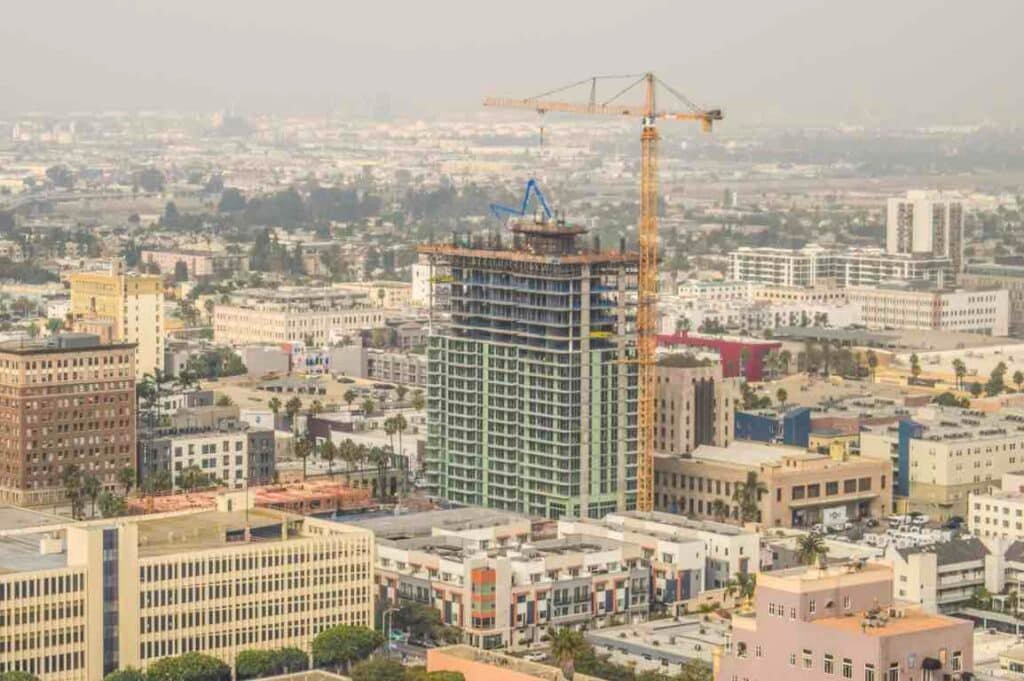
The skyline and built environment of Long Beach has changed at a rate quicker than the last three decades combined
The past decade has seen its largest physical transformation in our history—something not to be taken lightly or to ignore in terms of our history and our future. And the one ahead? Even more dramatic.
The skyline has changed: The Shoreline Gateway towers as our tallest building while ONNI East Village stands tall at 3rd Street and Long Beach Boulevard—and will continue to change: a 21-story building taking over the former Long Beach Cafe spot has been approved, the 30-story Alexan East End tower has scored capital to begin breaking ground, and the 31-story Hard Rock Hotel is going to actually become a reality.
There have been more buildings erected in the last five years than the previous twenty with plenty in the pipeline: Downtown Long Beach have seen two smaller residential projects—the Inkwell on the Promenade and the Aster on Broadway—while another at 3rd and Pacific continues to build up and Mosaic sold their entitled residential project. Wrigley is getting a six-story senior housing development. Pacific Coast Highway’s southern entry into Long Beach will look vastly different within the next ten years with its multitude of developments. One of the first hotels on the sand to be built in California in decades has broken ground…
Historic or older buildings have seen outright demolition—like the Country Courthouse building or the former City Hall—while others have seen massive renovations or restorations—the soon-to-open Breakers hotel.
Even public projects are grand enough in scale it entirely alter built environment: Whether it’s the now-complete Lincoln Park in Downtown Long Beach or now-under-construction altering of the Colorado Lagoon or the soon-to-be-under-construction Shoemaker Bridge. We’re even getting a roller rink on the beach.

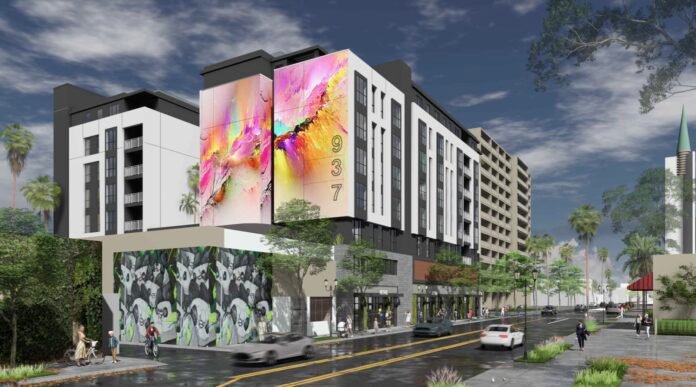

[…] Story continues […]
Whether it’s the now-complet….. What Brian? The non-compete what?
(I think a sentence got lost at the end there)
It did and fixed! I am a one-man operation so thank you!
Doubling units in a residential building is a significant undertaking that involves careful planning, design considerations and compliance with local regulations. Throughout the process, it’s important to communicate with stakeholders, including current residents, local community members and regulatory agencies, to address concerns and ensure a smooth transition. Additionally, consider sustainable design principles to minimize environmental impact and enhance the long-term viability of the building.